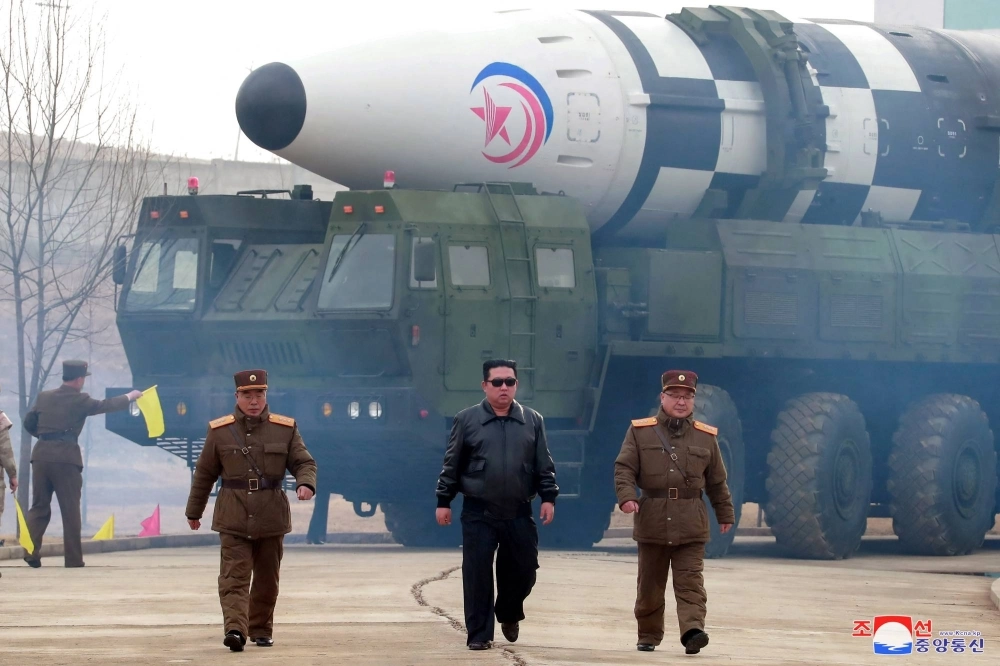Over the past decade, North Korean leader Kim Jong Un has evolved from an inexperienced “Young General” to a powerful “Supreme Leader,” harnessing the power of his country’s nuclear arsenal and cementing his grip on power.
Now, as the international community marks 70 years since the signing of the Korean War armistice, examining important shifts in Kim’s approach to foreign policy may provide clues to Pyongyang's future behavior.
While Kim once appeared willing to at least take steps toward dismantling his nuclear weapons program in exchange for political and economic concessions, the 39-year-old may now be aiming for a relationship with the U.S. and its allies that is not contingent upon North Korea’s denuclearization.


















With your current subscription plan you can comment on stories. However, before writing your first comment, please create a display name in the Profile section of your subscriber account page.